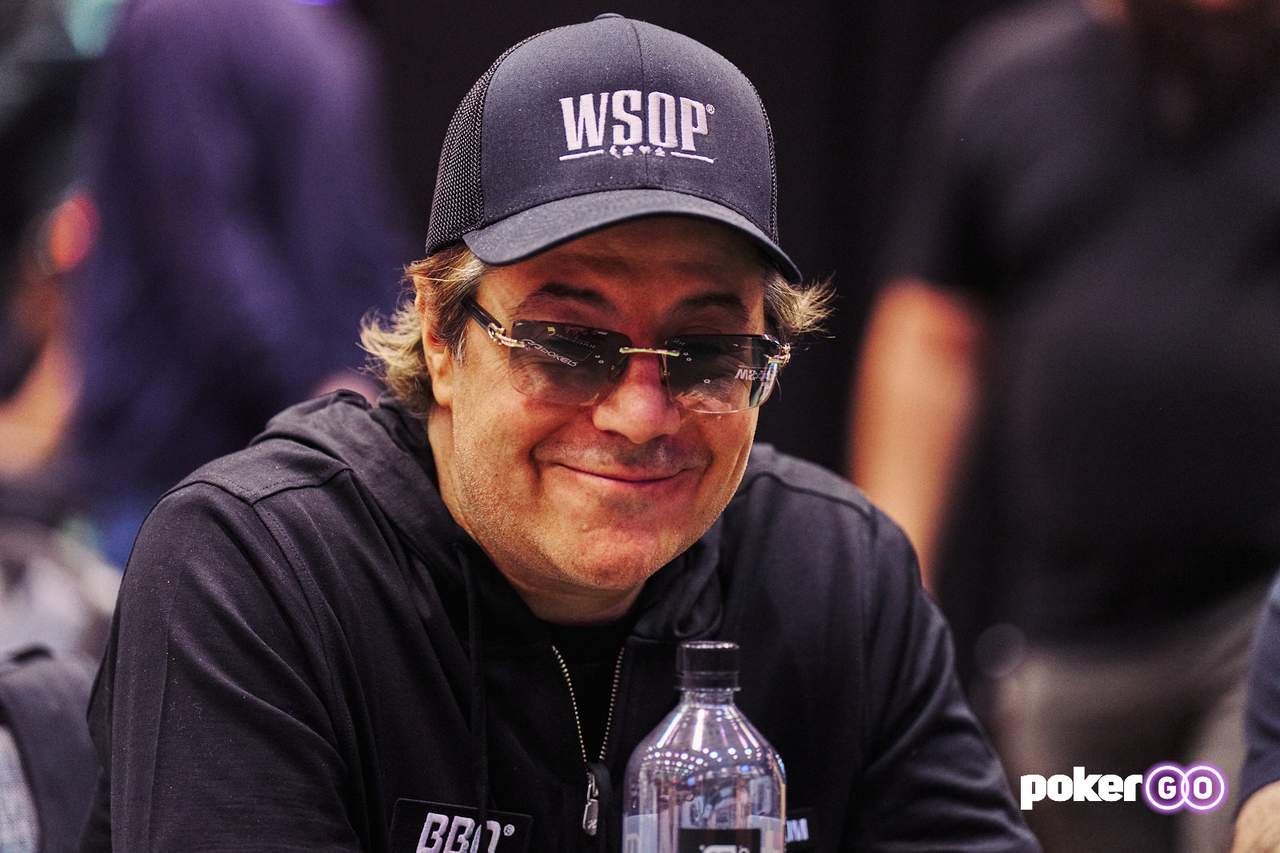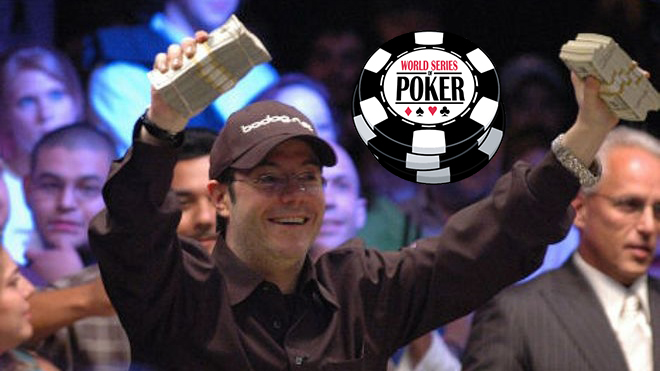His victory wasn't just about the numbers. Jamie Gold became famous for his unconventional style of play, constant table talk, psychological tactics, and unreadable bluffs. With his charisma and aggressive gameplay, he became one of the most controversial yet standout figures in WSOP history.
The Master of Psychological Warfare at the Table
Jamie Gold didn't just win the 2006 WSOP with his cards. He triumphed through a unique approach that combined acting skills, eloquence, and psychological manipulation. Before stepping into the poker world, Gold was known mainly as a TV producer and Hollywood agent, accustomed to the showbiz scene. When he began seriously pursuing poker under the guidance of two-time champion Johnny Chan, he quickly realized that the game wasn't just about odds and math; it was also about understanding people.
Gold adopted an unconventional strategy that was almost unheard of at the time. He constantly communicated with his opponents, shared or pretended to share information about his hand, used selective card reveals, and constantly tested players' psychological endurance. His table behavior was so daring and striking that he often threw opponents off balance before reaching the actual showdown. In key tournament moments, he accurately sensed opponents' weaknesses and struck a blow they couldn't afford to risk.
One of the most memorable examples was when Gold seemingly innocuously showed one card to his opponent, forcing a fatal decision. These tactics, sometimes pushing ethical boundaries, led WSOP to make significant rule changes in the following year. Discussing one's hand during a game was banned, directly linked to Gold's influence on table communication dynamics. For a moment, Gold became the most famous man in poker, although his star quickly faded after this success. In 2006, however, he was undeniably the man who conquered the biggest stage poker had ever seen, doing it in his own uncompromising style.
A Fall from Grace: From Gold Bracelet to Legal Battles
After Jamie's triumph at the 2006 WSOP, it seemed the poker world was at his feet. But as quickly as he rose to the top, his downfall began just as swiftly. Before he could even celebrate his victory, cracks appeared, the most notable being a legal dispute with Crispin Leyser. Leyser secured Gold's spot in the Main Event through Bodog, in exchange for half of any winnings. But when Jamie took home $12 million, he reneged on their gentleman's agreement and refused to pay Leyser his share.
The matter went to court, which subsequently froze half of Gold's winnings. They eventually settled out of court, but the incident damaged Gold's reputation. The star, once celebrated by fans merely months before, suddenly became a symbol of controversy. Although TV poker shows like High Stakes Poker and Poker After Dark featured him for a while, his performance at the table just didn't measure up.
Jamie Gold managed to win the largest tournament in poker history, but when he faced elite professionals, his limitations quickly became apparent. Lacking experience with high stakes, combined with the immense pressure and expectations following his victory, proved too much to handle. Then came the most symbolic act of his fall: in 2013, his WSOP gold bracelet appeared in an online auction. Gold claimed he didn't own it anymore and that someone else put it up for sale. Whatever the truth was, the fact remains that the trophy from his lifetime achievement sold to an anonymous buyer for $65,725. It's a sad end to the story of a man who had it all but couldn't hold onto anything.

A Humble Return to the Scene
Although Jamie Gold practically vanished from the tournament spotlight after his memorable 2006 victory, he never fully left poker. In recent years, there has been a hint of a comeback. In 2016, he captured a solid second place at a WSOP Circuit event, taking home nearly $140,000. It was his largest finish since his WSOP win and sparked interest in whether Gold could once again find his footing among the elite.
In 2019, he appeared on popular shows like Poker After Dark and Live At The Bike, but today he carefully selects his tournaments and public appearances. He admitted he plays far less than before and only engages in televised games when it suits him. Instead of chasing big titles or trophies, Jamie focuses on cash games, which allow him to stay connected with the game without unnecessary media pressure.
Interestingly, Gold utilizes his influence in the poker community for charitable purposes. He regularly organizes charity poker events, primarily supporting the ALS Association. This initiative is personal for him; during his victorious WSOP run in 2006, his father battled the disease. Today, Jamie Gold is more an investor and entrepreneur than an active player, yet his name still resonates in poker history. It’s clear he likely won't return to the pedestal from which he once surveyed the poker world, but his imprint on it is permanent.
Fame, Fall, and Second Wind
Jamie Gold is proof of how quickly one can rise to the top in the poker world and just as quickly fall. His victory at the 2006 WSOP Main Event remains one of the most iconic moments in the history of the series, but also a warning that success without experience, humility, and a balanced persona can be short-lived.
Gold’s career never reached the heights he achieved at 36, but he managed to leverage his fame into charitable work and remained active in the poker world, albeit in the background. His story is a fascinating blend of victory, controversy, and a quest for redemption, but above all, a human story about dealing with fame and loss.
In the next article of the series, we'll explore a player whose style and approach sharply contrast with Gold's chaotic run. Joe McKeehen, the 2015 WSOP Main Event champion, who prepared for his success systematically and patiently. Stay tuned for our series on the most memorable victories in WSOP history.
Source: Pokertube, YouTube, Wikimedia
See also:




